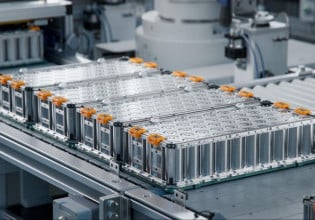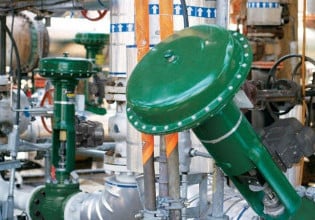Protonex Technology Corp. will unveil its ProCore™ unmanned aerial vehicle (UAV) propulsion system at the Association for Unmanned Vehicle Systems International (AUVSI) Unmanned Systems North America, August 29-31 in Orlando, Florida. Protonex will also present recent advancements under its UAV power system programs, funded by the Air Force Research Laboratory, and test flights of the power system conducted by the Naval Research Laboratory.
While batteries are an ideal power source for one to three hour flight durations, a rapidly growing segment of small military UAVs designed for surveillance, chemical-biological monitoring, border patrol and other specialty missions are demanding extended flight times that cannot be achieved with battery power. Advanced fuel cells, offering quiet, reliable and energy-dense power, will enable extended flight times and the ability to carry greater payload.
To date, the Naval Research Laboratory has completed two test flights using a prototype power system comprised of Protonex' fuel cell technology and a compressed hydrogen fuel source. While fuel cells coupled with compressed hydrogen improve flight durations compared to those of battery powered UAVs, compressed hydrogen is not the most effective means of storing hydrogen on a per-weight basis. The ProCore™ UAV system combines Protonex' high-performance fuel cell technology with an advanced chemical hydride fueling solution for hydrogen generation based on Millennium Cell's Hydrogen on Demand® technology. The result is a propulsion system that will provide small UAVs with up to four times the energy density of advanced batteries, significantly extending the capabilities of these systems.
"The progress we have made to date on our UAV power platform already provides the opportunity to double or triple the flight durations of a typical small UAV," said Scott Pearson, CEO, Protonex. "We are now focusing on the next steps in productization of the system, which include working with UAV manufacturers to integrate the power system into an appropriate UAV platform designed specifically for extended flight duration with greater payload."






